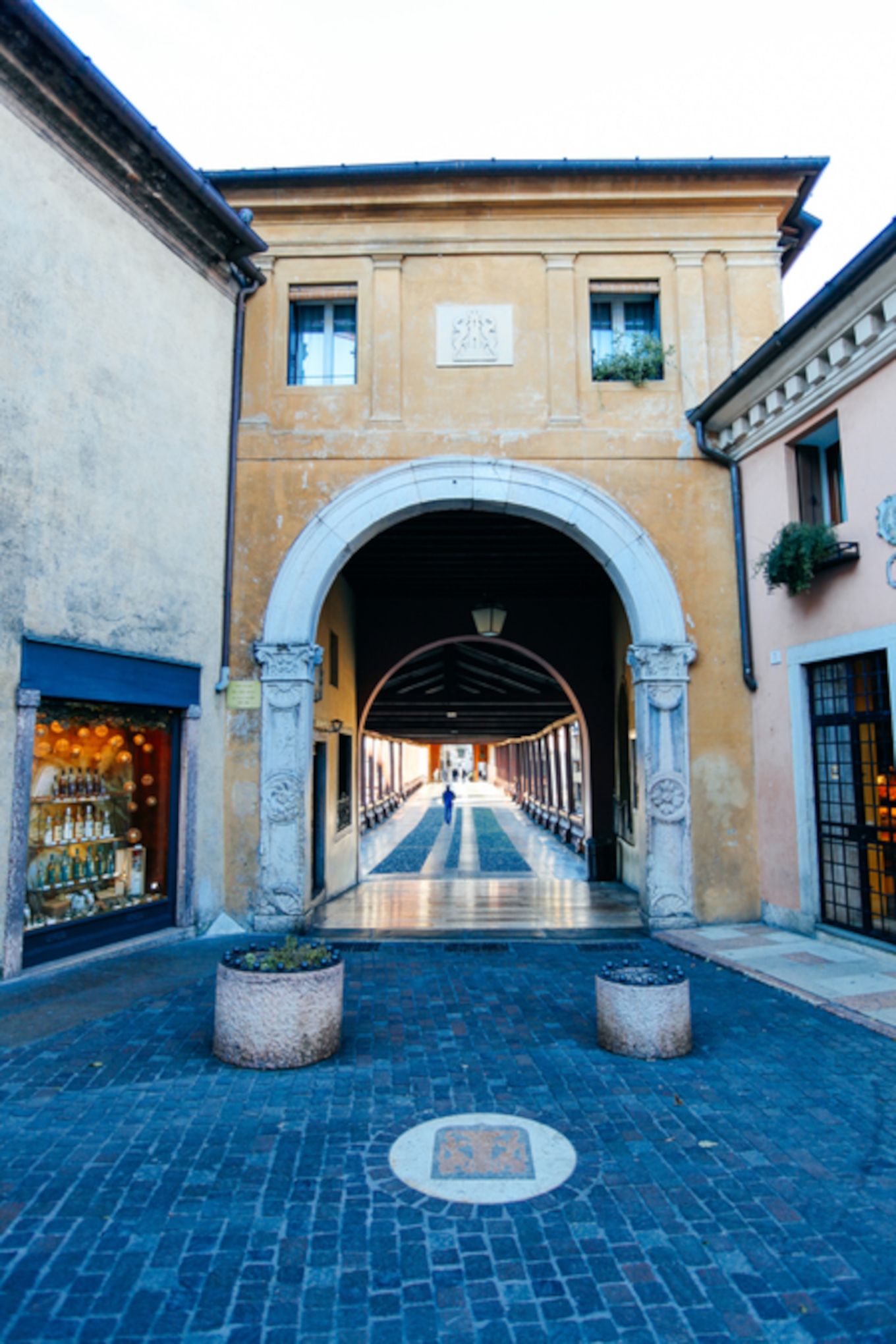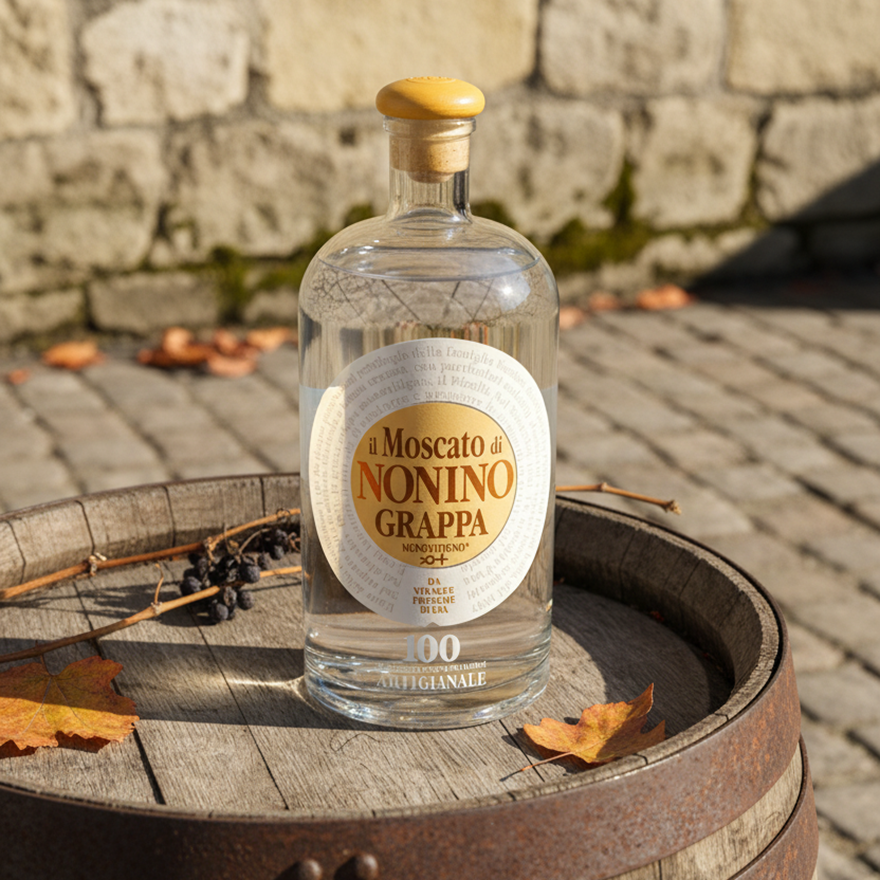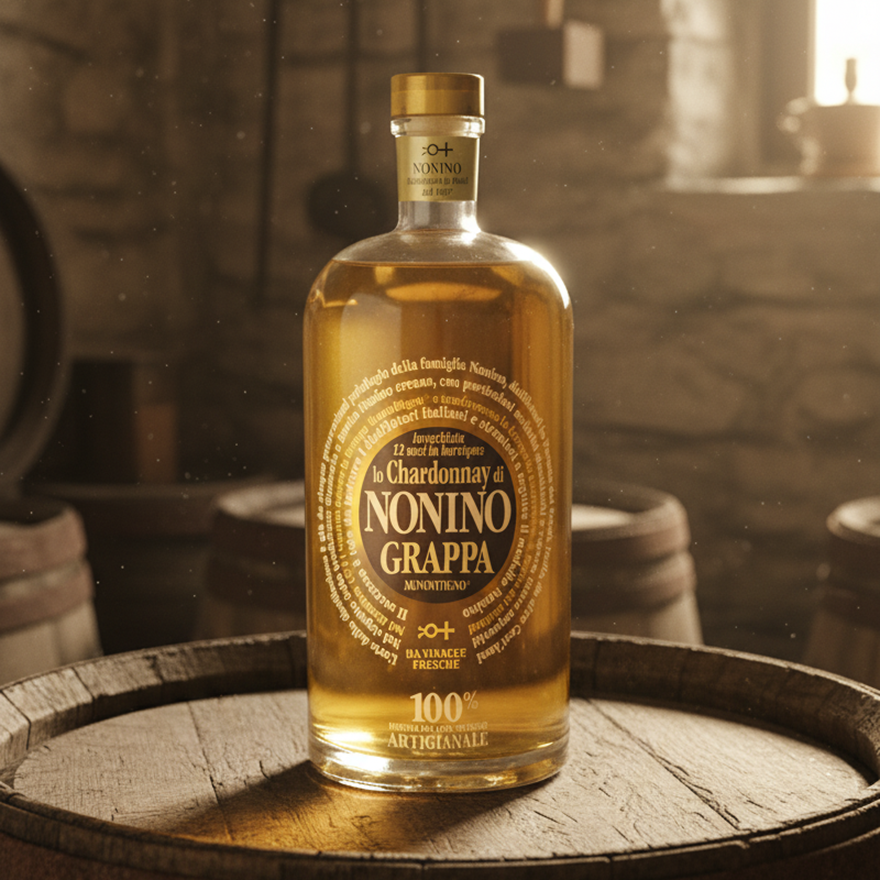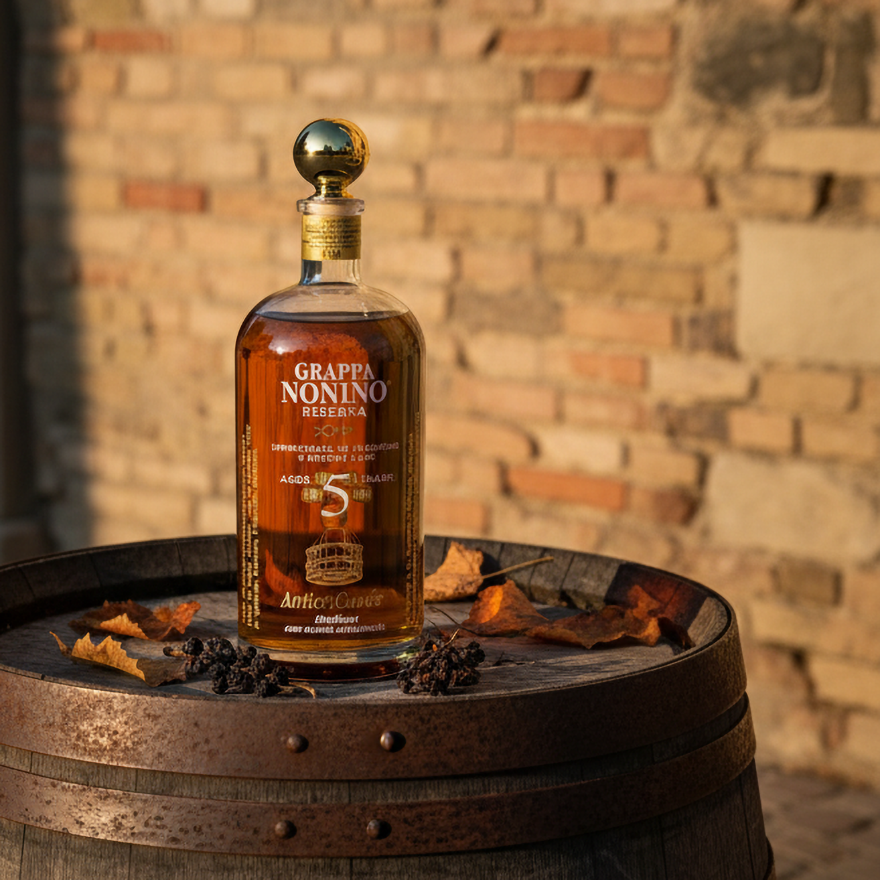Are you a Discerning Drinker?
Join thousands of like-minded professionals and cocktail enthusiasts, receive our weekly newsletters and see pages produced by our community for fellow Discerning Drinkers.


Grappa's origins and history
Words by Simon Difford
Originally a poor Italian man's drink, grappa originated as a way of capturing every drop of fermentable sugar left in the precious grapes after winemaking. For centuries, grappa helped numb the pain of hard toil and subsistence living, while also supplying additional calories to help overcome the work and cold.
Exactly when grappa was first distilled is not known, but distillation originated in the Middle East during the 8th century, moving to Europe in the Middle Ages (1100s) through the Moors and their rule of Sicily. It is thought that Italian Benedictine monks in Salerno used their newly acquired distilling knowledge to preserve medicinal plants by infusing them in alcohol.
There is written evidence dating to the mid-14th century, placing its origins in the foothills of the Italian Alps and the Northern regions of Trentino-Alto Adige and Val d'Aosta. By the end of the 15th century, grappa production was licensed with taxes levied on the production of distillates from wine and pomace.
The early distillers made spirits by heating wine, hence the emergence of the word 'brandy' from the term 'burnt wine'. It was not until the 16th century that the distillation of grain mash was mastered. As grappa is made from the residue of skins, pips and stalks (pomace or vinace) left after grapes have been pressed to make wine, it's probable that grappa predates grain-based distillates such as whisk(e)y, vodka, genever and gin.
 Grappa was only delineated as a product style in the early 18th century, with the distinction being made between distillates made from grapes rather than other fruits. Nardini, Italy's oldest grappa producer, was established in Bassano del Grappa in 1779 when Bortolo Nardini opened his inn and distillery at the eastern entrance of the wooden, covered Bassano Bridge that traverses the Brenta River.
Grappa was only delineated as a product style in the early 18th century, with the distinction being made between distillates made from grapes rather than other fruits. Nardini, Italy's oldest grappa producer, was established in Bassano del Grappa in 1779 when Bortolo Nardini opened his inn and distillery at the eastern entrance of the wooden, covered Bassano Bridge that traverses the Brenta River.
The word 'grappa' comes from the Latin grappapolis, meaning 'bunch of grapes', but the colloquial term 'grappa' only became official in 1951 after the spirit was granted a denomination. When Nardini established his business in 1779, some 172 years earlier, he used the term 'aquavite di vinaccia', literally 'water-of-life from grape pomaces', and in Italy this phrase still appears on Nardini's Italian labels. (The brand uses 'grappa' on its export labels.)
Grappa's gentrification - from poor man's drink to one served in hand-blown bottles on after-dinner drink trolleys at the world's best restaurants - is linked to Italy's post-war economic miracle. A vast injection of investment into what the Americans saw as a European hinge country under the Marshall Plan (1947 to 1951), then the 1957 creation of the European Common Market, led to spectacular Italian economic growth, which continued unabated until the 'Hot Autumn' strikes and social unrest of 1969. "Economists calculate that the Italian economy experienced a 5.8% average growth rate in GDP between 1951- 63 and 5.0% per year between 1964 - 73" [source page 428 of the 1996 book Economic Growth in Europe Since 1945 by Nicholas Crafts and Gianni Toniolo].

Nonino Distillatori
The Nonino Revolution (1973)
This economic boom led to a demand for fine cuisine in Italy, and newly fashionable, elegant Italian restaurants proliferated across the developed world. Against this background, the Nonino family, up to then undistinguished traditional grappa distillers using a portable still to make grappa from mixed winery leftovers, started a grappa revolution.
The concept of Monovitigno (single varietal) grappa originated on 1st December 1973, when Benito and Giannola Nonino created the first commercial grappa made from the pomace of a single grape variety, the native Picolit grape. This innovation revolutionised perceptions of grappa, elevating it from a poor person's spirit to a premium-priced, sought-after distillate.
Prior to Nonino's innovation, grappa was produced by distilling mixed pomace (skins, seeds, and residual pulp from various red and white grapes), usually without regard to freshness. As a result, grappa had a reputation as being a rough, harsh spirit.
The Noninos' use of single-grape-varietal pomace collected from a single "cru" or vineyard area within hours of pressing highlighted the unique aromatic and flavour profiles of individual grape varieties. Their first single-grape varietal grappa, Nonino Cru Monovitigno Picolit, was born from this experiment and distilled in artisanal, discontinuous copper-stills designed by Benito Nonino.
The success of the Nonino Monovitigno Grappa was immense, leading numerous other Italian distillers to adopt Nonino's model and transforming the entire grappa industry. Today, premium-priced single-varietal grappa are common and are termed 'grappa di vitigno' (grappa of variety), or 'Grappa Monovitigno' (single variety grappa), a term trademarked by Nonino.

Nonino Il Moscato Grappa Monovitigno
Made using destalked, freshly harvested pomace of Moscato grapes selected from dedicated production zones. The fresh, soft pomice is fermented in temperature-controlled

Nonino Merlot Grappa Monovitigno
Il Merlot Di Nonino Monovitigno is distilled from fresh merlot grape pomace from the Fruili wine region.

Nonino Chardonnay in Barrique Grappa Monovitigno
Distilled from selected and destalked Chardonnay grape pomace, immediately after harvest. The grappa is aged for more than 12 months in barriques.

Nonino Fragolino Cru Monovitigno Grappa
Distilled from the pomace of Fragolino grapes from the Nonino Cru vineyard fermented in temperature controlled stainless steel tanks under vacuum, immediately

Nonino Picolit Cru Monovitigno Grappa
Distilled using dried Picolit grapes from Cru Nonino Vineyard in Buttrio, Friuli. Presented in a commemorative hand-blown glass silk-screen printed bottle.

Nonino Grappa Tradizione 41%
Grappa distilled from carefully destalked white and red pomace using controlled fermentation and artisanal batch distillation in steam stills renovated

Nonino Grappa Tradizione 50°
Made from destalked white and red grape pomace, with a controlled fermentation and artisanal batch distillation in steam stills renovated by Benito Nonino.

Nonino da Prosecco in Barriques Grappa
Made from selected and destalked, harvested fresh and soft pomace of Glera grape for prosecco. Batch distilled in proprietary copper steam stills designed

Nonino AnticaCuvée Riserva 5 Year Old Grappa
Blend of Grappas from fresh pomace, selected by the Nonino family, aged from 5 to 20 years in Limousin, Nevers and Grésigne oak barriques and small sherry





